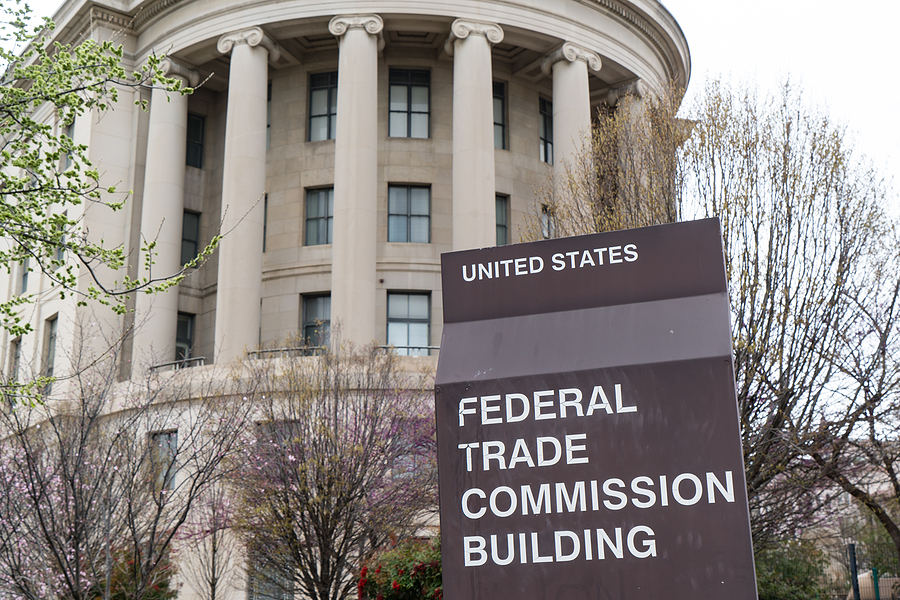
Five on Friday: Emotional Advertising, Life After Print and GoT
Source: Bigstock Photo
We can't replace the anticipation of the final season of "Game of Thrones," but in this week's edition of Five on Friday, we hope to peak your interest with some fun facts about GoT. We will also share some fascinating findings about the future of subscriptions from Zuora's "The End of Ownership" report, the Boston Globe becoming the first newspaper to have digital subscribers outweigh print subscribers, how some magazines have survived a life without print, and the new ...
HELLO!
This premium article is exclusively reserved for Subscription Insider PRO members.
Want access to premium member-only content like this article? Plus, conference discounts and other benefits? We deliver the information you need, for improved decision-making, skills, and subscription business profitability. Check out these membership options!
Learn more about Subscription Insider PRO memberships!
Already a Subscription Insider PRO Member?
Please Log-In Here!









